Sustainability
Starry Nights Luxury Camping is a genuine sustainable eco-accommodation property, minimising daily-emissions and close to a zero-carbon footprint. Our sustainable approach also includes the following initiatives:
- Over 4000 plants have been planted on the property over the last 2 years
- Natural ventilation is used and ceiling fans
- Toilets are dual flush
- Hot water heated ondemand only, by gas
- Low energy use LED bulbs
- Revegetation of areas affected by any development
- Driven piles and shallow foundations only – all buildings are built off the ground
- Continuous removal of exotic plant species
- Recycling programs and use of recycled and natural products where possible.
- No town water and no chlorine or fluoride
- Biodegradable cleaning agents
- No intentional feeding of wildlife
- Renewable electricity (solar electricity produced on-site)
- Practicing reuse, recycle, reduce and recover programs
- Decreasing transport emissions through bulk buying
- Decreasing water use, low-flow fittings, low-water toilets
- Decreasing noise and environmental pollution, restricting vehicles to car park
- Use of biodegradable toiletries and organic cleaning agents;
- Composting organic waste in established worm farm
- Using only native plants for re-vegetation work, with local species preferred
- Establishing local native plants in all revegetation
- Member of Land for Wildlife
- Environmental practices including on-site waste-water treatment
- Conservation and progressive restoration and rehabilitation of the rainforest
Starry Nights is 95% off grid with an emergency feed to the power grid only:
The property produces its own:
- Water
- Electricity from solar cells (which also feeds back to the grid)
- On site wastewater treatment
Starry Nights has established a Vegetation Protection Covenant with the Queensland Land Registry over 1/3 of the property.
A vegetation covenant is a perpetual legally binding document that does not allow the current owners or any future owners to clear or develop that land. This has been done this to establish a fauna corridor to connect Petrie Creek to the Triuna National Park.
